- Occasionally I recycle an older post because most current blog followers have never seen it. This one, first published in Dec. of 2011, has significance for bird photographers and artists and for most anyone who enjoys their work. I’ve modified the text and edited the formatting of the original post.
Broadly defined a catch light in photography is a reflection of a light source in the eye of a subject. In bird photography that light source is often the sun and typically appears on the shiny, wet cornea of the bird as a single point reflection. However, as we will see there are many variations on that theme.
Catch lights are highly desirable, to the point that many bird photographers simply delete any photo that doesn’t have them (a painful process, to be sure). Others resort to artificially cloning them into the eye when they don’t appear naturally – a practice that I find distasteful and even dishonest for a nature photographer (that said I’ll sometimes run an extra round of sharpening or a Levels adjustment on a subtle catch light that already exists). And besides, cloned-in catch lights very often don’t look natural anyway…
Natural catch lights that are a direct reflection of the sun will appear in the upper half of the eye, usually from the 10 o’clock to the 2 o’clock position, depending on the angle and position of the sun behind the photographer. If the sun is behind the bird (back light) or too high in the sky, that kind of catch light will not be produced.
Without “light in the eye” viewers perceive the eye (and thus the bird) to be lifeless, “dead” or even evil. For this reason cinematographers often deliberately eliminate catch lights in the eyes of villains in movies and television.
There is almost no difference between the two American Kestrel images above except for the slight head turn in the first photo that allows light from the sun to be reflected as a catch light. Virtually all viewers would much prefer the first image.
I’ll provide two more examples of the value of a catch light to the aesthetics of an image. In this photo of a Horned Lark there is no catch light because the sun is too far to the viewer’s right.
But with just a slight turn of the bird’s head the catch light is there. Here it’s in the 1 o’clock position, indicating that the sun is over my (the photographer’s) right shoulder and that it’s about mid-morning with the sun fairly high in the sky. The lower the sun the closer to the vertical center of the eye the catch light will be. It will not normally appear in the bottom half of the eye of a perched bird because the sun disappears below the horizon.
One more example. Here the eye of the Prairie Falcon appears lifeless.
But with just a slight turn of the head the light appears in the eye and the bird simply seems more “alive”.
When Mia and I have our lenses trained on the same bird there may be long periods of time when neither of us is firing our shutter because there’s no catch light in the eye of our subject. But it often makes me smile when the bird turns its head slightly, a catch light appears, and suddenly it sounds like two gatling guns are firing inside my pickup when we each begin shooting long bursts at the same instant.
Sometimes conditions will produce two or more catch lights, especially when the subject is in or near water. It’s very common to have extra catch lights caused by the reflection of the sun off of the water’s surface. The catch light at the top of the eye of this Snowy Egret is a direct reflection of the sun while the smaller one below it is from the sun being reflected off of the water.
Here’s a female Cinnamon Teal with two catch lights – the larger one on top from the sun and the lower one reflected off the water surface. From the near-center position of the larger one it can be surmised that the photo was taken with the sun quite low in the sky.
If the water surface has ripples multiple catch lights may be produced. This submerging Pied-billed Grebe shows three – the top one directly from the sun and the bottom two from ripples in the water.
Some photographers will occasionally use artificial flash that will also produce a catch light. Well-known bird photographer Bob Steele once photographed a Wood Duck with fill flash in sunlight that had seven catch lights!
Occasionally I’ll get an extra catch light that I can’t explain. This Prairie Falcon somehow got two that were nearly identical. The only water behind me was hidden from the bird by an elevated road and both lights are at the same level in the eye anyway so I can’t quite figure this one out. There must have been something behind me or to either side that was very bright.
Not all light in the eye is a pinpoint catch light. If what is being reflected is large, as compared to the relatively “small” sun, its reflection can be correspondingly large and usually less bright. A bright sky with the sun hidden by thin clouds can often produce this kind of reflection where most of the upper half of the eye has a diffuse “catch light”. And if there’s snow on the ground it can cover much of the bottom half of the eye also.
This American Kestrel has what I call a linear catch light. This image was taken on a day with high, thin clouds (the background is mountains, not sky). What we see in the eye is the reflection of the bright horizon behind me with the top of the eye being shaded by the kestrel’s “eyebrow” feathers.
Sometimes actual objects or people can be seen in the reflections. This Great Horned Owl is high in a barn and I’m photographing it from my bright red pickup that can be seen in the bird’s left eye. If you’re close enough to the bird when you take the photo you may see yourself in the reflection.
This phenomenon is sometimes used as a plot point in movies and television where computer magnification of a catch light in a photograph is used to obtain information about the surroundings of the person being photographed – often as an aid in solving a crime.
Ok, now that I’ve beat to death the importance of catch lights in bird photography I must cover one significant exception – birds with brightly colored eyes. Many if not most birds have dark eyes which scream for light there but those with significant color in their eyes look just fine to most folks without catch lights. Many owls and this male Northern Harrier would be examples of birds that don’t require catch lights for their eyes to show “life”.
In individual blog posts I often mention the importance of getting catch lights in the eyes of my subjects and my frustration when they’re missing so I thought some viewers might be interested in a comprehensive discussion of the subject.
Ron


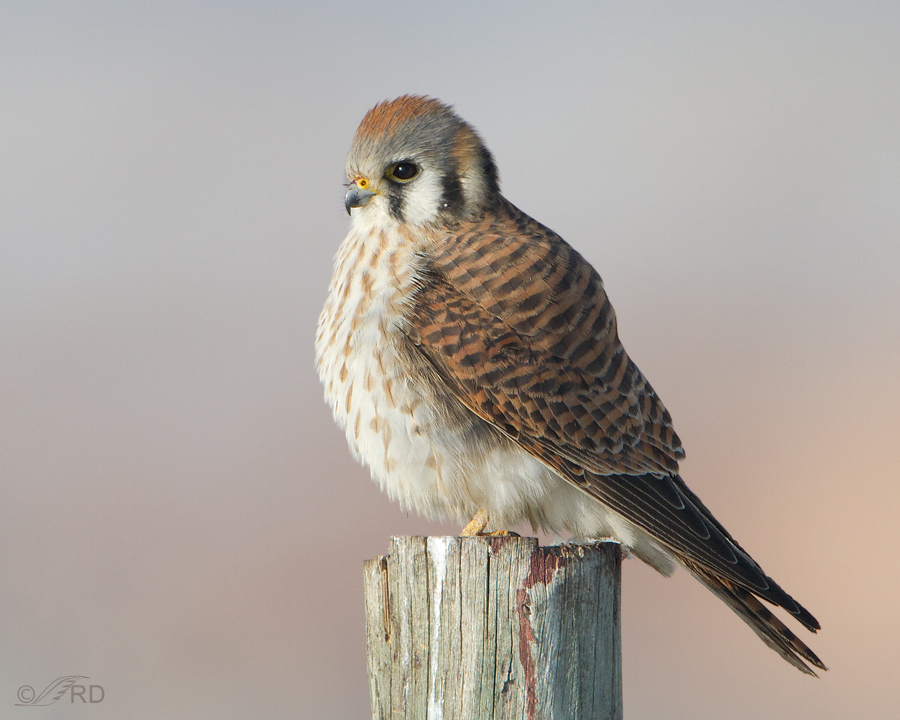
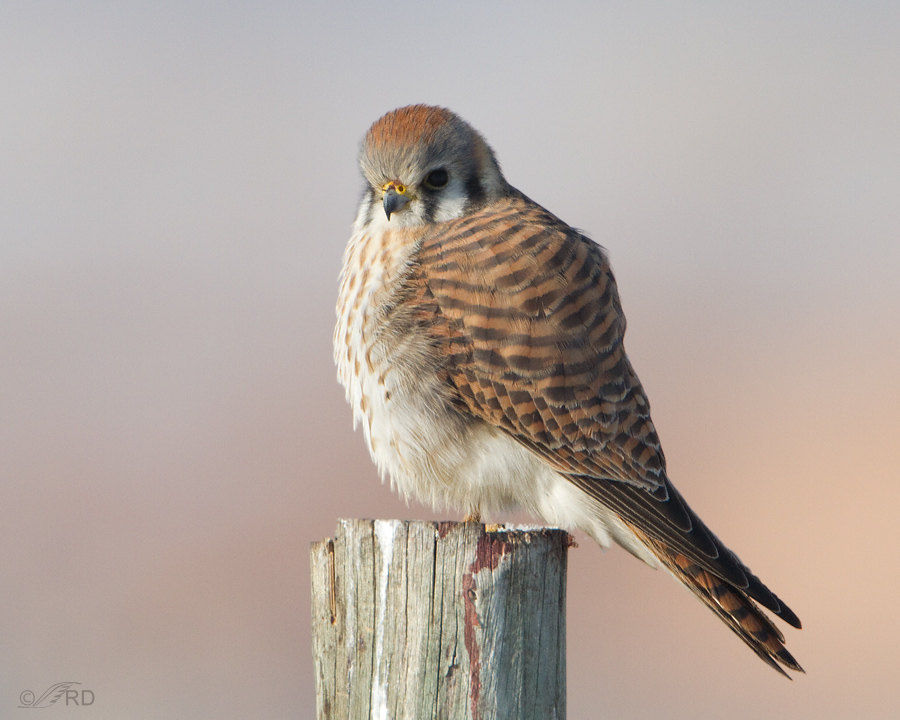
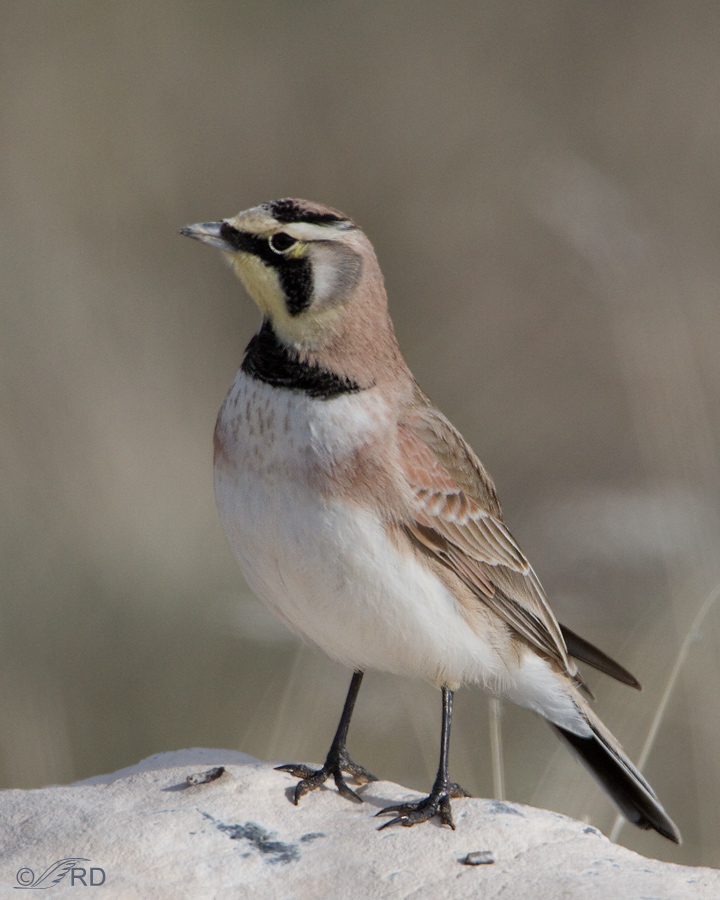
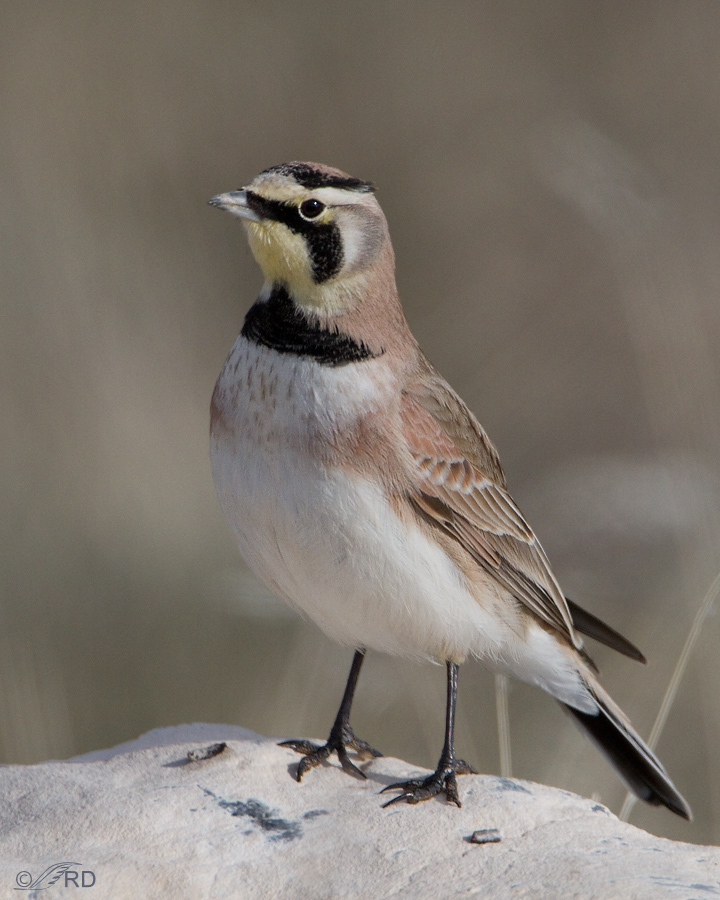
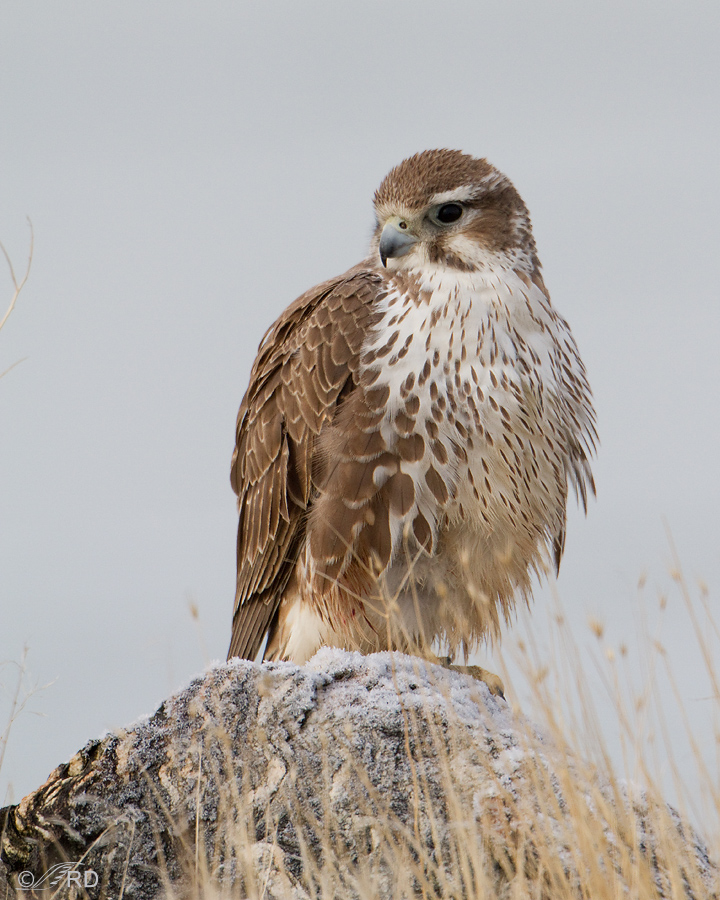
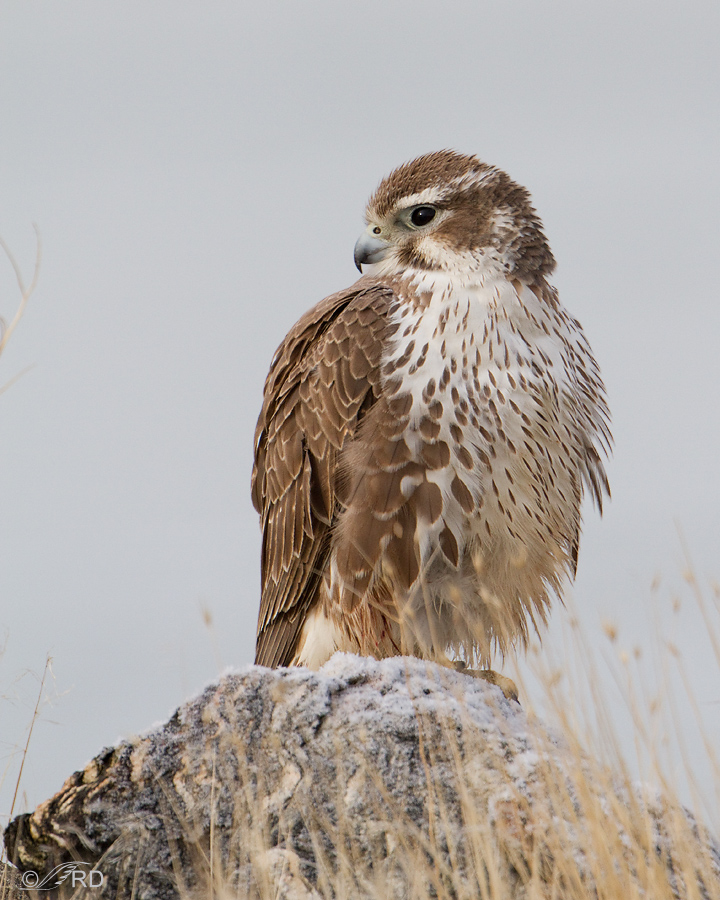
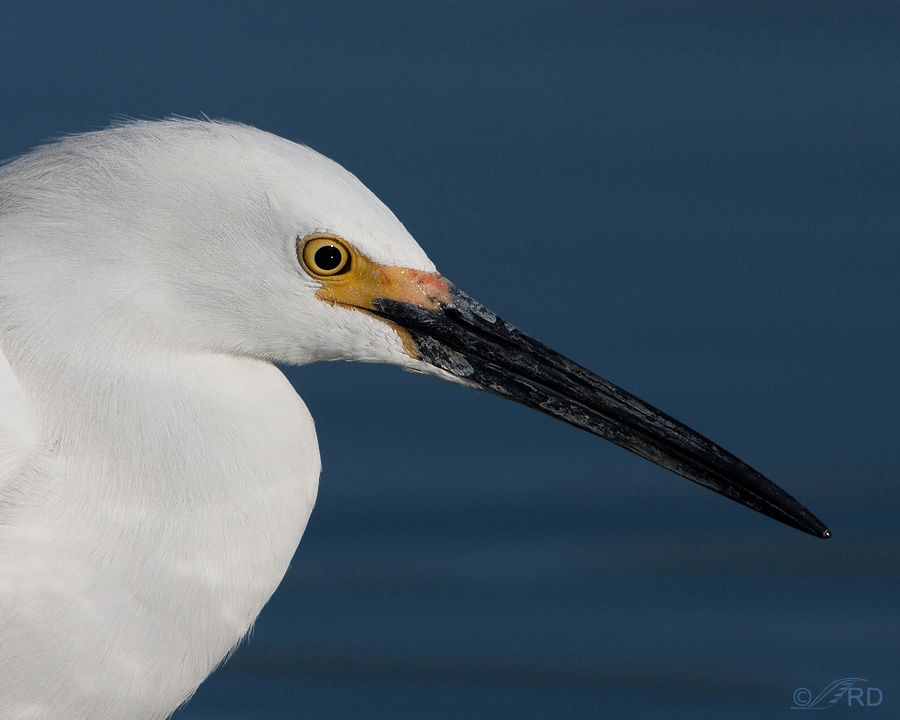
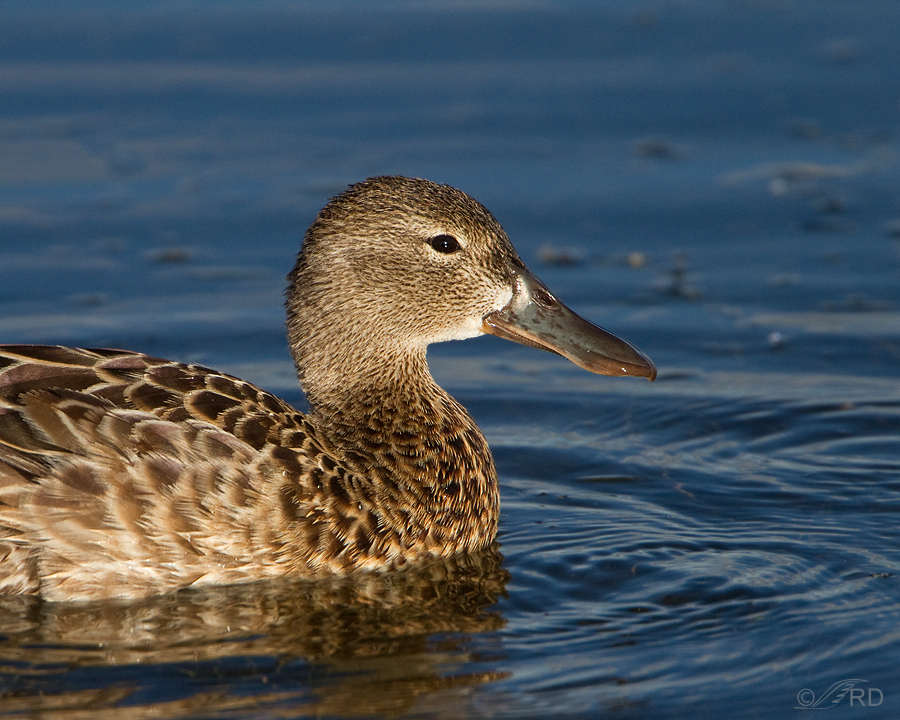
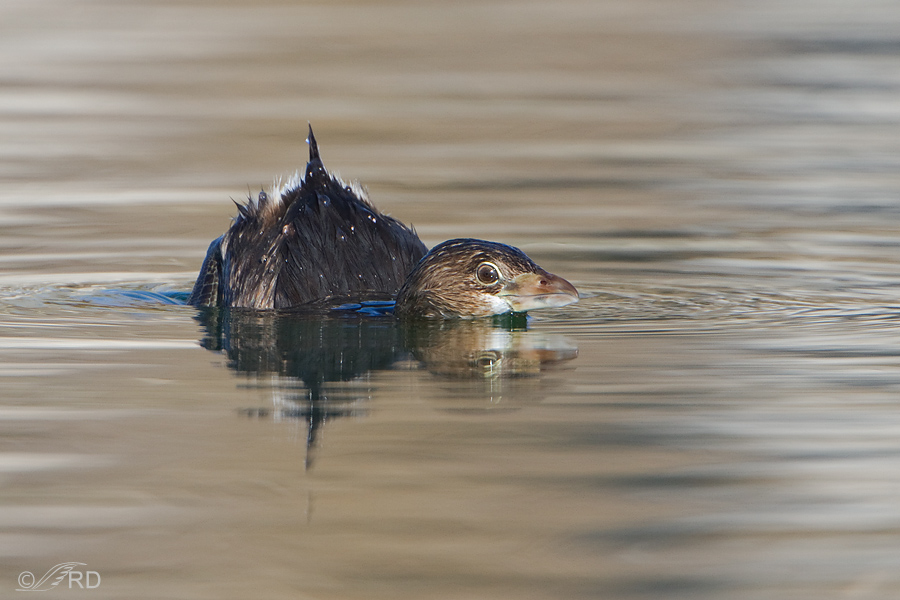
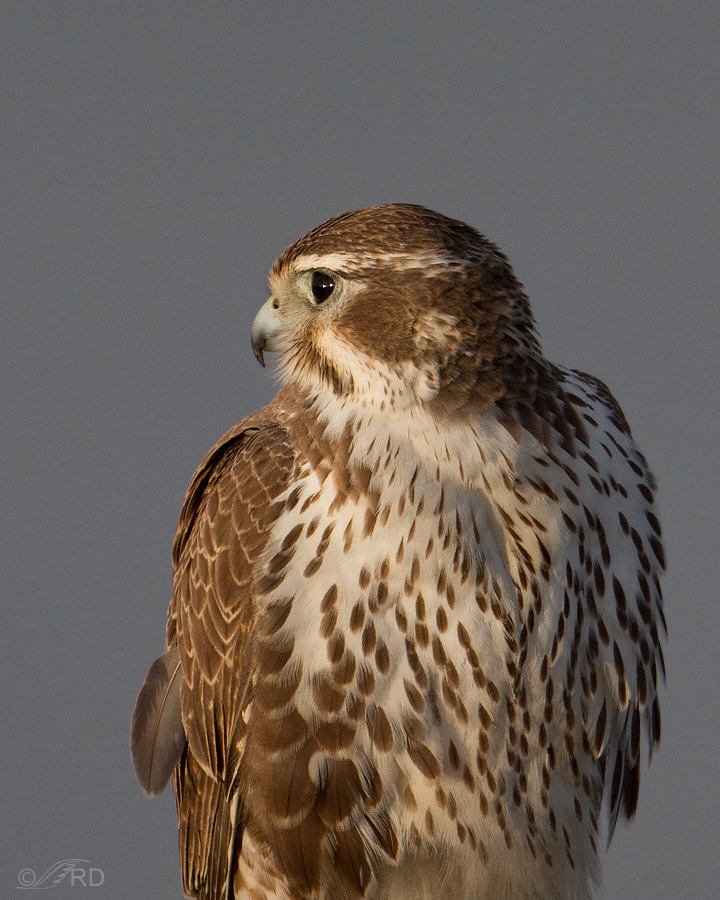
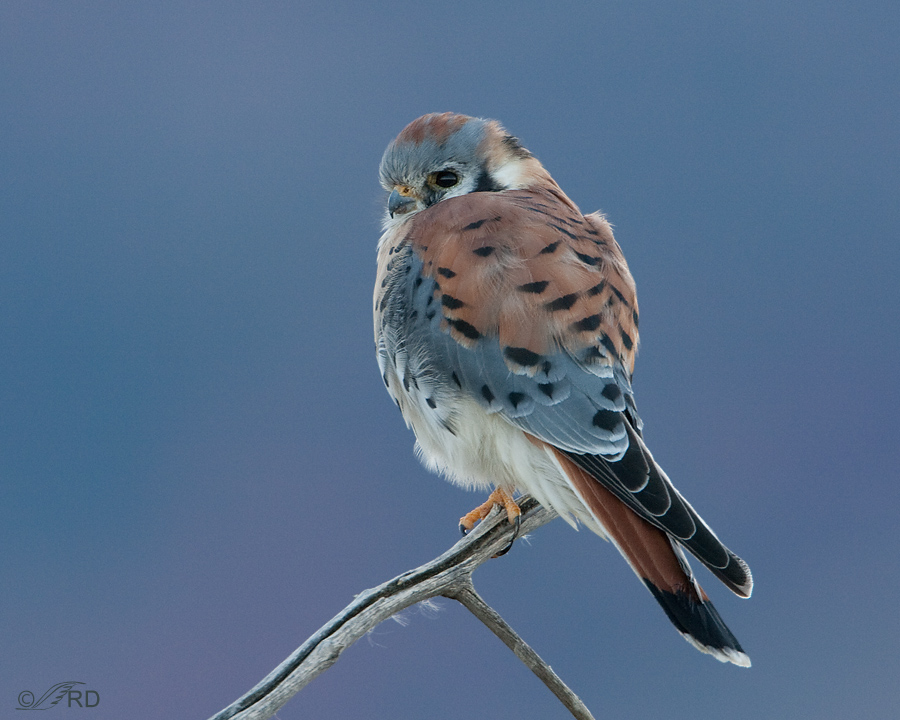
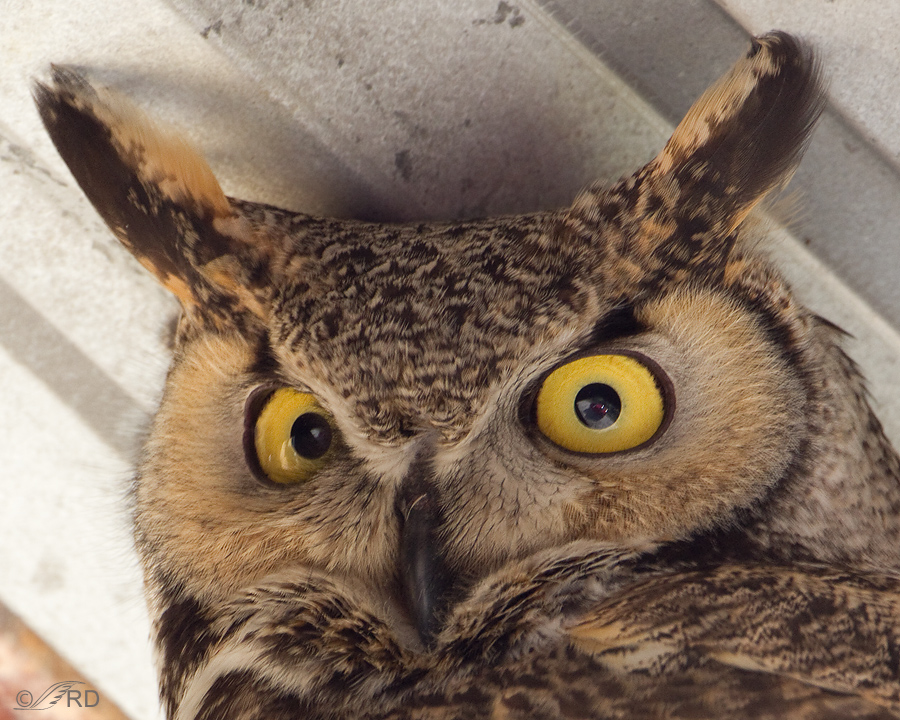
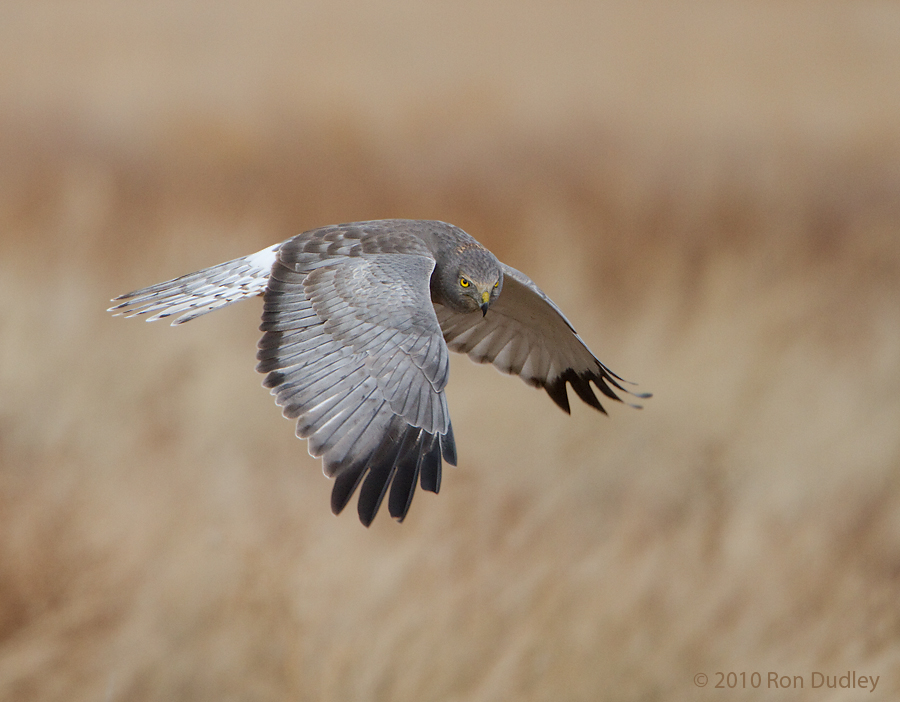
This is both well written and helpful!
Thank you very much. Your discussion about catch light was very informative.
hmmmmm…. I do love the catch lights… I don’t see the birds (or any other species besides humans) as evil though… there was an article about Momento More a couple of months ago – and the dead people photographed with the live ones clearly have different eyes… that is creepy…
Sensational series Ron! Thanks for sharing!
Charlotte
Thanks, Charlotte.
Great post Ron. I must admit that now I am probably going to be missing more shots since I will also be looking for the catch light 🙂 I will have to think some more about the double bright spot on the Prairie Falcon. Interesting. Thank you !
Ed, the only place I can think of where it might have come from is the bumper of my pickup but depending on where the sun actually was behind me it would have to have been a glancing blow off the bumper. Pretty long shot, seems to me…
Ron, it could be a “glint” from any smooth reflective surface like the windshield, truck surface. It is fun to try to figure out these “catch light problems”.
The double catch lights in the prairie falcon look to be slightly at different heights to me. The best part about staring at them for 30 minutes while inhaling steam tonight I was that I ended up dozing off peacefully as I was in awe of the feather patterns on the breast of that falcon. A work of art!
Hi Ron … your not going to like this but when I like a picture and there’s no catch light I cheat .. I clone
I don’t have to like it, Marina – they’re your photos.
And in my experience it usually takes very skillful cloning (and a good understanding of light angles and how it’s reflected) to make those added catch lights look real (natural).
An intriguing post.
I do like the second kestral shot as well. It carries the brooding malevolence of the pint sized assassin. And hadn’t realised that catch lights are manipulated for effect in movies. I should have. Everything is manipulated for effect in movies.
Linear catchlights I like less than the pinpoint ones. Not certain why.
You make a good point about that second kestrel shot, EC – which reinforces why filmmakers often remove catch lights in villains.
I prefer pinpoint over linear catch lights too. However a bright pinpoint looks out of place, unnatural and actually pretty silly when it’s in a photo taken in certain low light conditions.
Great lesson Ron.
Question: Birds are so quick that I shoot at every opportunity regardless of where I am situated. Should I either wait or only shoot when I know I will get some sort of ‘catch light’?
Dick, I generally don’t fire my shutter when I don’t see light in the eye. However, oftentimes the catch light is so dim that it’s difficult to see through the viewfinder so in marginal situations like that I’ll take the shot.
Also, when I’m photographing behaviors I don’t think light in the eye is necessary (though it’s always desirable). Missing an interesting behavioral shot because there’s no light in the eye would be silly, IMO…
Many thanks I will try and adjust.
These were great lessons/illustrations–thanks ! In the case of the dark eyed birds without catch-lights, they appeared to have EMPTY eye-sockets–creepy !
Yes, they do kinda look like that, Kris.
Great tutorial, Ron. Thank you for recycling this post.
(For some reason, I’ve always imagined your truck being white. I like that it’s arrest-me-red; I’ll have to modify my mind’s eye, though.) 🙂
Marty, Actually there’s been two new pickups since that red one I had in 2011. Soon after that photo was taken I bought a dark gray one and the one I’m driving now is light gray. Yes, I go through a lot of pickups (I’ve had 13 of them over the years).
I never have (and never will) owned a white pickup. I just don’t like that color on my vehicles.
My mom loved white cars. I’m with you, though, even though my first car happened to be white (we bought it used). We have a black roadster that looks mighty sexy — but only for about 5 minutes after we wash/wax it — then it looks filthy. 😉 I drove my father-in-law’s pickup for a while and loved it, but I don’t do much that necessitates that kind of towing capacity and can’t justify the mileage in the stop-and-go traffic of SoCal.
I found this post to be very helpful! I have tossed many tack images because of dead eyes. I too try to wait for the head to turn toward a light source. Thanks for the info.
Thank you, Linda.
Very interesting. It’s amazing what a difference a catch light can make in how appealing a photo is. That said, the linear catch light in the eye of the American Kestrel, for me, does not add life to the bird. It’s also interesting that brightly colored eyes make a catch light unnecessary.
Susan, That linear catch light is pretty faint. But for me it’s definitely better than no light at all. And if I chose to I could enhance it (brighten it a bit).
Ron, I am by no means as experienced in catch lights as you are, but was wondering if possibly the two lights in the prarie falcon eye resulted from the sunlight coming in from the right and bouncing off the right side of the retina onto a point on the left part of the retina. The angles look right. Possible?
I’m not really sure, Kent. Perhaps it would take an ophthalmologist and/or a physicist to give a definitive answer…
Nice treatment of this subject. Thanks for all the great examples, too.
I’m glad you enjoyed them Kath.
Wow. Great set and great learning lesson.
Thank you, Judy.
Besides being wonderful images, these certainly prove your point….VERY dramatically!!! Theser’s a feadness to those missing the catchlight…as importsnt in paintings as photography…makes your image suddenly come to life…
Damned evil iPad!!! That’s supposed to read. “There’s a deadness”… And that other weird word is “important”…
AND catchlight was supposed to be TWO words…I KNOW this thing hates me!!!!!
Patty, As an artist I knew you’d be very familiar with catch lights and their significance. Thank you.
A thoroughly entertaining read Ron…thank you. Good topic, explanation and pics to back up your theory. I agree, catch light can make all the difference. Good point about the birds with bright eyes and how it is not always as detrimental when photographing those birds. That male Harrier is killer pic!!
Thanks, Zaphir. I also like that harrier image a lot. I was lucky enough to get multiple photos of him as he flew by me and I’m fond of all of them.
Interesting! Beautiful shots and this certainly does show the difference the catch light makes. 🙂 I was kind of aware of it, but certainly hadn’t given it much thought. Thx for the tutorial………..
Judy, Many novice bird photographers are intuitively aware of catch lights but don’t really consider their importance to the aesthetic appeal of an image so they make no effort to capture them in their photos. Getting them makes a big positive difference!